Uterine fibroid embolization is an alternative to traditional treatments that include the surgical removal of the fibroids (myomectomy) or removal of the entire uterus (hysterectomy). UFE is a minimally invasive image guided procedure that blocks the blood supply to the fibroids, causing them to shrink significantly.
UFE may be appropriate for patients who meet the following criteria:
- Over the age of 18
- Have symptomatic fibroids
- Not pregnant
- Malignancy not present or suspected
- Wish to preserve the uterus
- Wish to remain fertile
- Do not have a pelvic infection
While UFE is an effective option for some women, it may not be for all patients, including those who have:
- Asymptomatic fibroids
- Infection or pelvic inflammatory disease
- Known or suspect malignancy
There are several advantages offered by the UFE procedure:
- Minimally invasive
- Safe
- Efficacious
- Performed on an outpatient basis
- Allows for faster recovery; usually return to work in seven to 10 days
- Lower overall financial costs
UFE may also allow maintenance of fertility. Several studies have shown that women have become pregnant and given birth to healthy babies after undergoing UFE.
There are a few risks associated with UFE, including:
- 10 percent to 15 percent of patients do not respond to embolization
- Pelvic pain that can last up to several days following the procedure
- Premature ovarian failure, which occurs in 1 to 2 percent of patients
- Allergic reactions to iodinated contrast or other medications
- Injury to tissues near the uterus, which is rare
Most insurance companies cover UFE.
The vast majority of UFE patients experience an improvement in bleeding symptoms.
Within three to six months, you should notice a 50 percent reduction in the size of your fibroids. Overall, you should experience a 90 percent improvement of your fibroid related symptoms.




